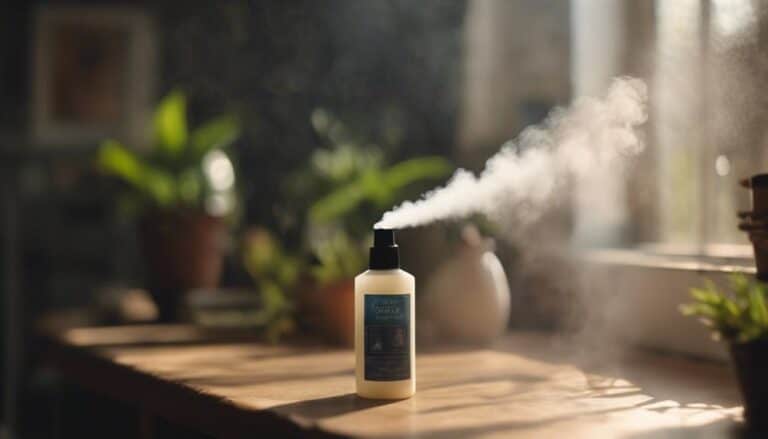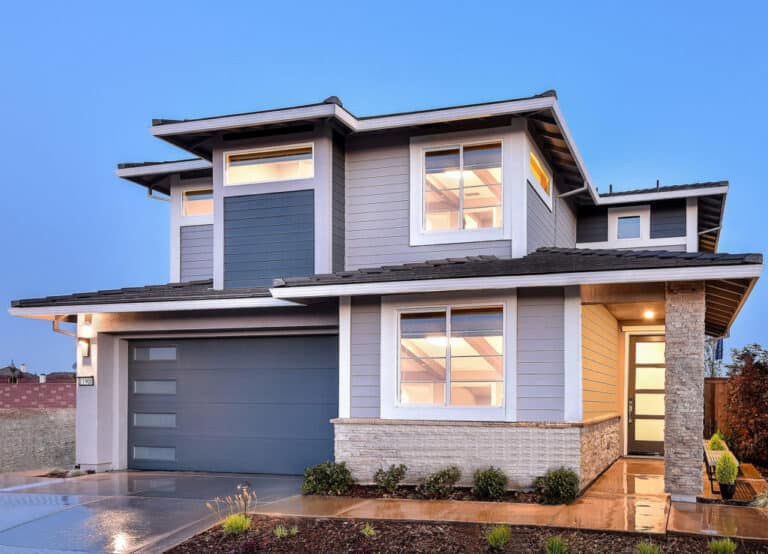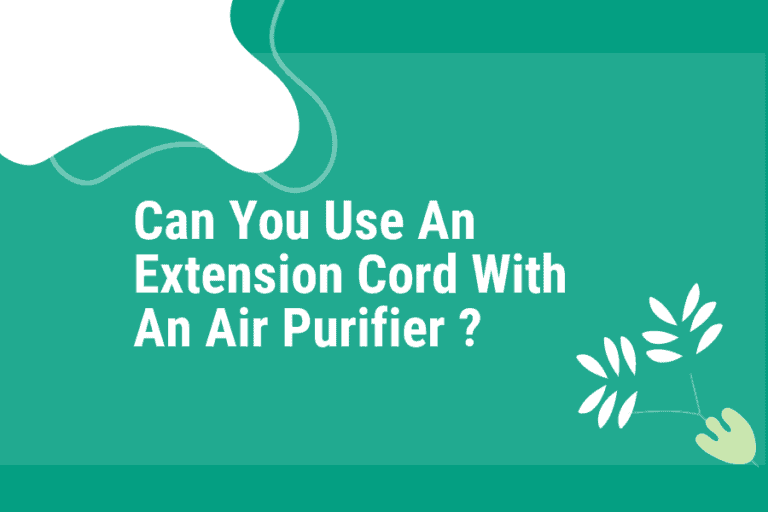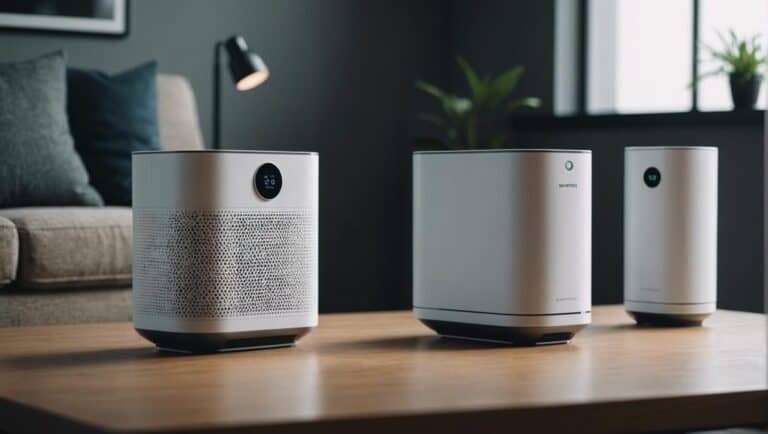Expert Tips: Enhancing Cooling Efficiency in Portable Air Conditioners
Portable air conditioners are a popular choice for those looking to keep their spaces cool and comfortable during the scorching summer months. However, there is often room for improvement when it comes to these units’ cooling efficiency.
If you’re tired of your portable air conditioner not providing the level of cooling you desire, we have just what you need. In this article, we will share expert tips on how to enhance the cooling efficiency of your portable air conditioner, ensuring that your space remains refreshingly cool even in the hottest weather.
With these recommendations in hand, you can say goodbye to sweltering heat and hello to an improved cooling experience with your portable air conditioner. So let’s dive right into our valuable guidance that will help optimize your unit’s performance like never before!
Understanding the Basics: How Portable Air Conditioners Work
Portable air conditioners work by extracting heat and moisture from the air in a room, leaving behind cool, dry air. They use a refrigeration cycle that involves four main components: a compressor, condenser, evaporator, and expansion valve.
Firstly, the compressor pressurizes the refrigerant gas to increase its temperature. Secondly, this hot gas flows into the condenser where it releases heat into the surrounding environment. Thirdly, as the now-cooler refrigerant moves into the evaporator coil inside the unit, it absorbs heat from the air passing over it. Lastly, the expansion valve lowers pressure onthe liquid refrigerant before sending it back tothe compressor to repeatthesecycles.
By understanding how these fundamental parts operate within a portable air conditioner system, it becomes easier to grasp what can be done enhance its cooling efficiency. Adjusting settings such as fan speed and temperature control or ensuring proper insulation are just some of many ways users can optimize their portable air conditioner’s performance for better cooling results.
Choosing the Right Location: Optimizing Airflow for Maximum Cooling
- It is crucial to select an optimal location for your portable air conditioner to ensure efficient cooling.
- Avoid direct sunlight: Place the unit in a shaded area, away from windows or any direct sources of heat.
- Consider proximity to electrical outlets: Ensure that the chosen location has easy access to power supply, minimizing the need for extension cords.
- Give it some space: Leave adequate clearance around the air conditioner for proper airflow. Avoid placing it near furniture or walls, allowing free circulation of air.
Locating the Unit in Open Spaces
- Portable air conditioners work best when placed in open spaces rather than cramped corners.
- By locating them in areas with ample room, you can maximize airflow and optimize cooling efficiency.
- This not only helps maintain a consistent temperature but also prevents potential damage by preventing overheating of components.
Maintaining Clean Filters: Improving Air Quality and Efficiency
Regularly cleaning or replacing the filters in your portable air conditioner is crucial for maintaining optimal cooling efficiency and improving indoor air quality.
- Clean filters ensure that the airflow remains unobstructed, allowing the unit to cool the room more effectively. On the other hand, dirty filters restrict airflow, forcing the air conditioner to work harder and consume more energy.
- Dirty filters can also release dust, allergens, and other harmful particles back into your living space. This can worsen allergies or respiratory conditions, impacting your overall health and well-being.
- To keep your air conditioner functioning efficiently, clean or replace its filter every month or as recommended by the manufacturer. Some filters are reusable and can be cleaned with a vacuum cleaner or washed with water and mild detergent. Others may need to be replaced entirely.
Remembering to regularly maintain clean filters will not only help improve cooling efficiency but also promote better indoor air quality for a healthier living environment.
Sealing Air Leaks: Preventing Hot Air Infiltration and Loss
- Detect air leaks by carefully inspecting the portable air conditioner’s hoses, vents, and seals for any cracks or gaps.
- Use weatherstripping or caulking to seal these leaks. Apply it around windows, doors, and any other areas where hot air could infiltrate or cool air could escape.
- Additionally, consider using foam insulation tape to further prevent hot air from seeping into your space through gaps around the unit.
By thoroughly sealing these potential points of air leakage, you can enhance the cooling efficiency of your portable air conditioner. This will not only improve its performance but also reduce energy waste and lower your utility bills.
Utilizing Fan Modes: Maximizing Air Circulation and Cooling Performance
1. Choose the right fan mode: Portable air conditioners come with different fan modes, such as high, medium, low, and auto. To maximize air circulation and cooling performance, select the appropriate fan mode based on your needs. For quick cooling in a hot room, choose high or medium mode. If you want to maintain a consistent temperature without too much noise, opt for the low or auto setting.
2. Adjust the fan speed: Most portable air conditioners allow you to adjust the fan speed manually. Experiment with different speeds to find what works best for your space. In general, higher speeds will result in faster cooling but may produce more noise.
3. Position the vents correctly: Properly positioning the vents of your portable air conditioner can significantly improve its cooling efficiency. Directing cool air towards problem areas like hot spots or where people are seated can help distribute cool air evenly throughout the space.
4. Make use of oscillating fans: Using additional oscillating fans alongside your portable AC unit can further enhance airflow and circulation in the room.
By following these tips and utilizing various fan modes effectively, you can make your portable air conditioner work more efficiently while keeping yourself comfortable during those scorching summer days!
Managing Temperature Settings: Finding the Optimal Balance for Efficiency and Comfort
Finding the Optimal Temperature Balance
When it comes to managing temperature settings for your portable air conditioner, finding the optimal balance between efficiency and comfort is crucial. Here are a few tips to help you achieve that balance:
- Set the temperature strategically: Start by setting your air conditioner’s temperature at a higher level when no one is in the room or during times when you don’t need intense cooling. This will save energy and reduce unnecessary power consumption.
- Utilize programmable timers: Take advantage of your air conditioner’s programmable timer feature. Set it to turn on shortly before you arrive home or wake up, so you can enjoy a comfortable environment without wasting energy while you’re away or sleeping.
- Consider using fans: Supplementing your portable air conditioner with fans can help circulate cooled air more efficiently throughout the room, allowing you to set higher temperatures without sacrificing comfort levels.
- Keep windows and doors closed: To preserve cool air inside, make sure windows and doors are tightly closed while the portable air conditioner is running.
By following these simple strategies, you can optimize both efficiency and comfort within your living space while maximizing energy savings.
Minimizing Heat Sources: Reducing the Impact of Electronics and Appliances
- Turn off unused appliances: Switching off electronics and appliances when not in use can significantly reduce heat generation. Unplug devices like TVs, gaming consoles, and computers that produce unwanted heat even on standby mode.
- Position electronics away from the AC unit: Ensure that electronic devices are placed at a distance from the portable air conditioner. Keeping them close can result in increased heat transfer to the cooling unit, hindering its performance.
- Avoid using high-energy-consuming devices: During peak cooling hours, it is advisable to avoid running energy-intensive equipment such as ovens or washing machines. These appliances contribute to additional internal heat load and put strain on the air conditioner’s ability to cool effectively.
By taking these simple measures, you can enhance the efficiency of your portable air conditioner by minimizing unnecessary sources of heat within your environment.
Regular Maintenance: Ensuring Longevity and Peak Performance of Your Portable Air Conditioner
Regular Maintenance: Ensuring Longevity and Peak Performance
Regular maintenance is crucial for keeping your portable air conditioner running efficiently and prolonging its lifespan. Here are some expert tips that will help you maintain peak performance:
- Cleaning the Air Filters: The air filters in your portable air conditioner can become clogged with dust and debris over time, reducing airflow and efficiency. To prevent this, clean the filters regularly by gently vacuuming or rinsing them with warm soapy water. Allow them to dry completely before reinstalling.
- Checking for Refrigerant Leaks: Low refrigerant levels can hinder cooling performance. Periodically inspect your unit for any signs of leaks such as oily residue or ice formation on the coils. If a leak is detected, contact a professional technician to fix it promptly.
- Clearing Obstructions: Keep the area around your portable air conditioner clear of obstructions like furniture or curtains that might obstruct airflow. This allows the unit to cool more effectively without straining.
- Inspecting Exhaust Hoses: Ensure that exhaust hoses are properly connected and free from blockages. Examine them regularly for cracks or holes which may impair cooling efficiency.
By following these simple yet vital maintenance practices, you can ensure optimal functioning of your portable air conditioner throughout its lifespan, saving both energy and money in the long run!







One Comment